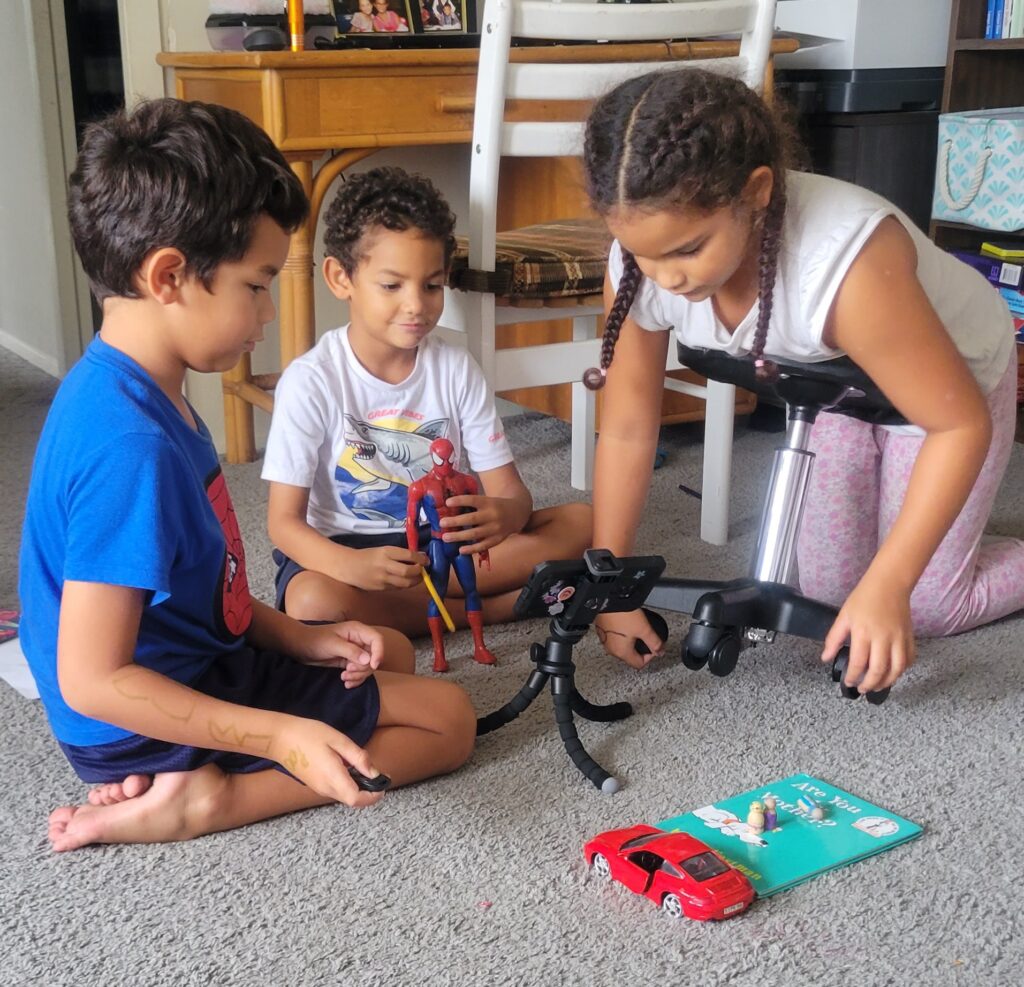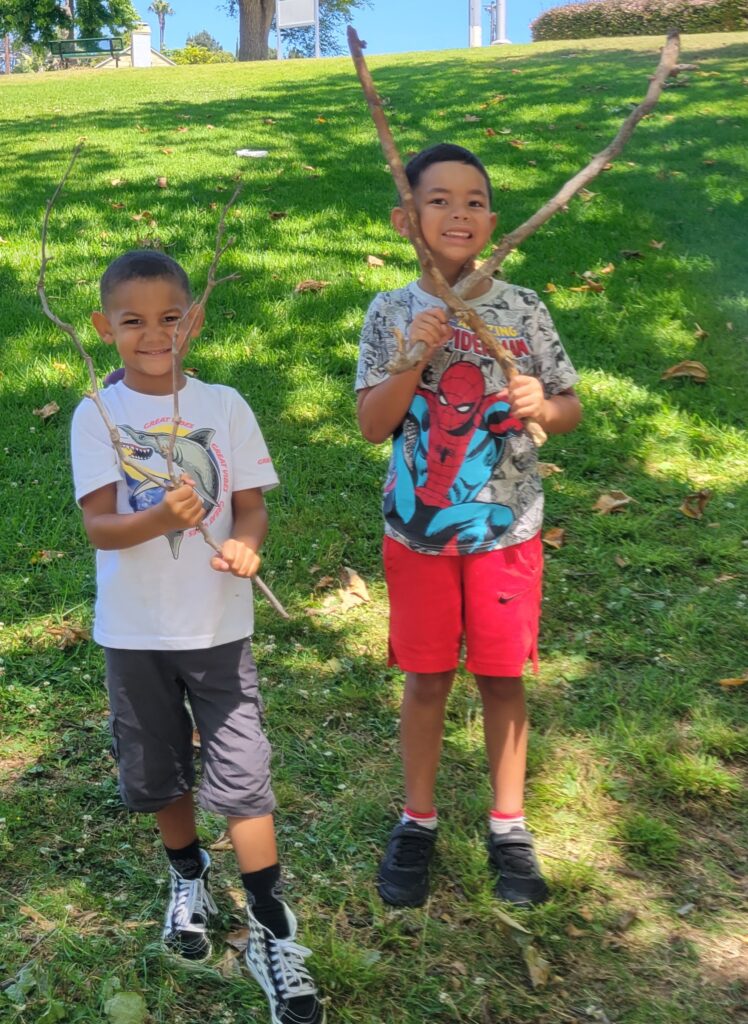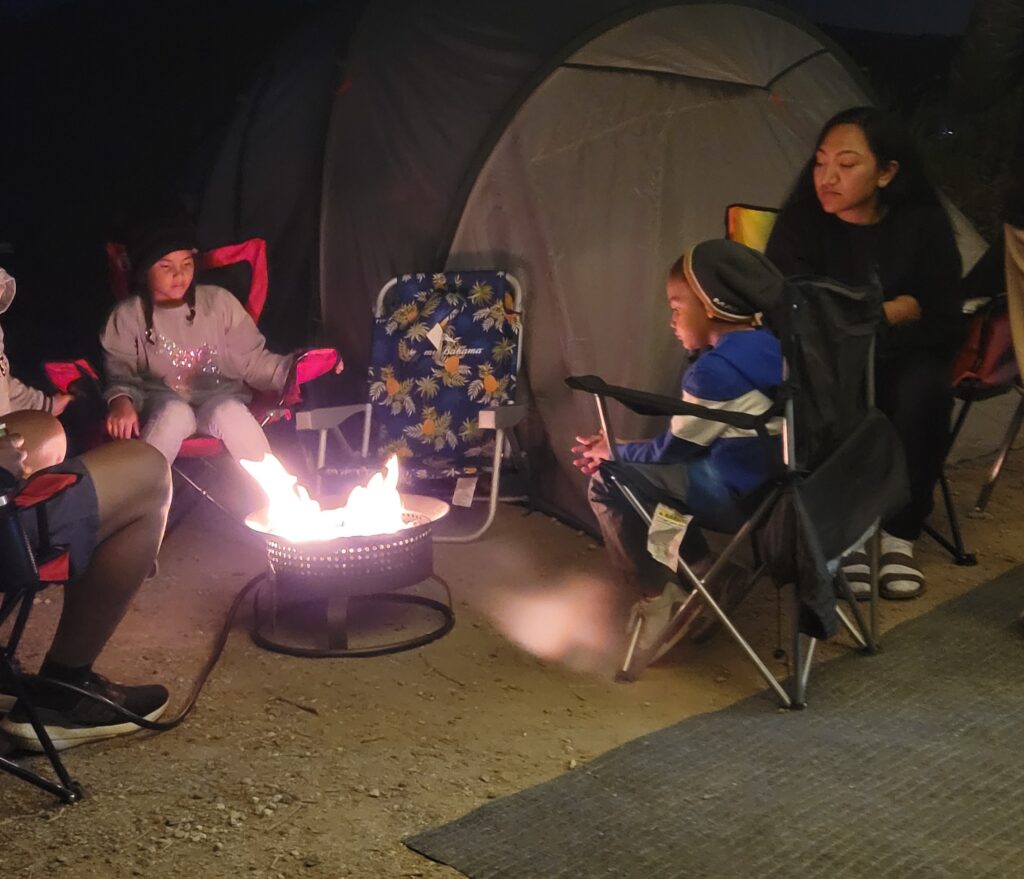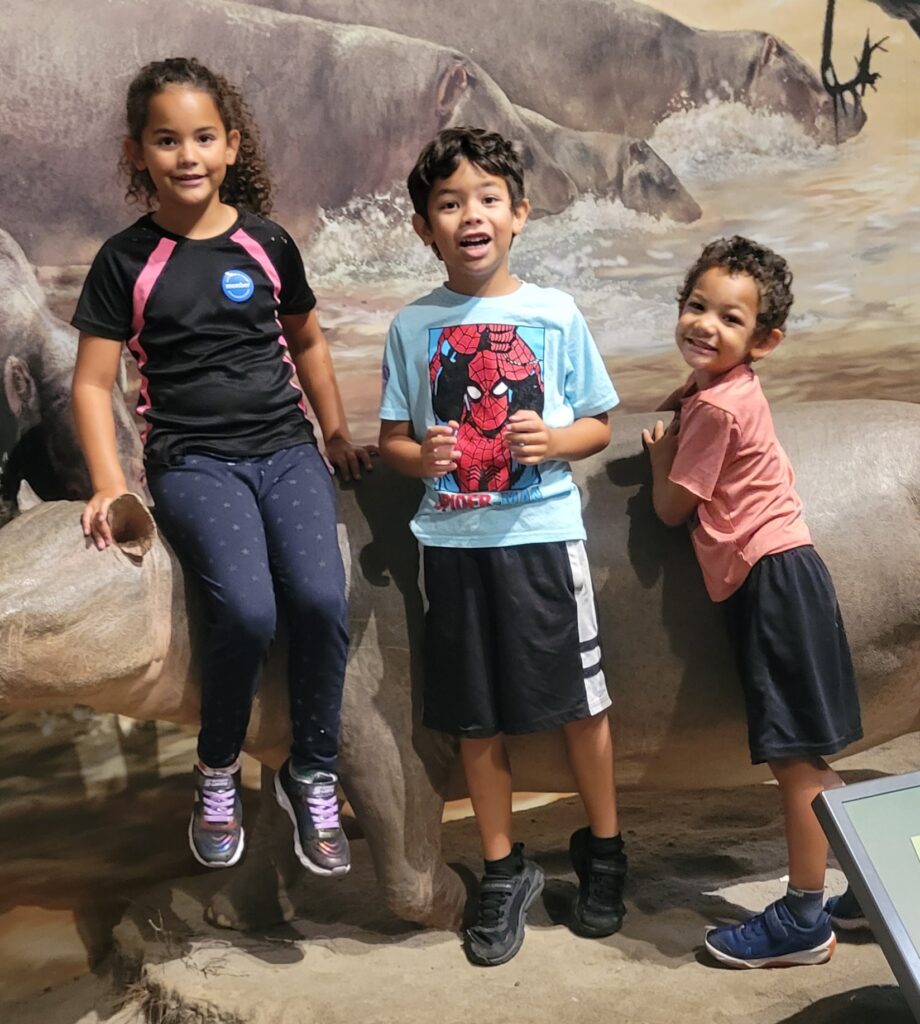In Part 1 of this series, I explained that the foundation of mine and Afa’s parenting choices is grounded in trust. The common response to the way we allow our cords to stretch far is that “I may trust my kids, but I don’t trust anyone else around them.” While each of these decisions will look different depending on the family, the location, and the community, for us it is very important that we not make parenting decisions out of fear.
Due to the way that our society has set up family interactions, parents are often a child’s best friend, closest playmate, and meeter of all that child’s needs. However, that’s not a sustainable model throughout a child’s life because life dictates that at some point everyone grows up. If we have not allowed our children enough space to learn, fail, and relearn in a safe environment as kids, they will have to go through these challenges much later as adults in much less safe situations.

Evidence Against Helicoptering
A 2021 Stanford study found that “The researchers found a correlation between high levels of parent involvement when a child is focused on a task and children’s difficulties with self-regulation and other behaviors.” Another Journal of Pediatrics study concludes that a decline in children’s independent activity correlates with a decline in childhood mental wellbeing.
As our children get older, Afa and I are intentional about finding safe ways for us to allow them the freedom to go places and do activities that are unsupervised. There are times I have considered moving to states where free range parenting is encoded in state law because California is certainly not one of those.
Playing at the Park
One week we had church at a park, and this park had huge fields and three playgrounds all in our vicinity. Another mom came up and asked me how far my kids were allowed to go. It took me a minute to process the question because part of the answer was “as far as they want” but another part was “as far as they can go and still find their way back.” It had not occurred to me to place limits on the spaces they could go to. The only rule I had given them was that they had to stay together; so if they were going from one playground to another, they had to make that decision with one another.
I am fully aware that many children require that conversation, and each parent knows their children best. My kids are out of their toddler and preschool years, so we have been practicing stretching their independence further and further for years. I know that my children are unlikely to run off, and that I have the snacks so they will not be away from me too long at any point. Afa and I also take turns “laying eyes on them” just to ensure everything is going well.

I think it’s important to take a small detour here and discuss stranger abduction. This danger has been sensationalized in the media, but in actuality is incredibly rare in the United States (Sources: Legal Jobs, Safe At Last, Reuters, Times Union). Even though the likelihood is low, it’s more than zero; therefore, the calculation about how carefully to watch our children becomes an exercise in weighing risk factors. Stranger abductions are less than 1% of reported missing children in the United States every year. However, parental over-involvement leading to anxiety and codependency is far more likely when we are too cautious with our children. Again, this calculation will be different for every family, but it’s important to consider these risk trade-offs intentionally rather than giving way to fear without consideration.
Out Unescorted
This year, we started allowing our kids to go outside for short periods of time unescorted, and in this stretching endeavor we do our best to mitigate the most likely risks. One of the most likely risks is that they get lost, so before we ever consider allowing them to head out by themselves, we practice. I lead the way multiple times to the destination and lead the way home. Then I let each of the kids lead the way there and home. I present different scenarios on these trial journeys about what would happen if they got turned around: Who would you ask for help? What is my phone number? What is our address? What do you do if someone makes you uncomfortable or feels threatening?
On another quick side note, teaching this information to your kids can be life saving. Ana Lia once went to Disneyland with family and got separated. A mom found her, and she knew my phone number so I was able to coordinate with our family and they quickly found her. I recommend starting early to teach the kids their basic biographical information.

After they have successfully lead me to and from a specific destination and learned multiple responses to potential problematic situations, they are then allowed to try to go on their own. They get a timer, and we start with ten minutes. They can leave the apartment for ten minutes and must return as soon as the timer goes off, with the understanding that they will lose this privilege immediately if they ignore the timer. As we have practiced this over the last eight months, their time allowed outside alone has slowly stretched. If Fin is with them, it will usually be a little shorter because his risk is higher. If it’s only the older two, they get a little longer because they are trustworthy.
As long as they continue to be so, they will be afforded more and more privileges. Each of these stretching activities allows them to practice growing up, but it’s growing up with a safety net. I’m ready to come to them at a moment’s notice, and we talk about mistakes and move forward through them. Ideally, we are allowing them a lower risk method of taking greater risks.
In Unescorted
The other request to which we have begun to acquiesce is to stay home alone. In the same way as we allow them to go out alone, we started in very small trial periods after practicing safety measures. We set up our Alexa so that she calls Afa’s phone, so we practiced calling and talking to Daddy just for fun. It works both ways so that we were able to call the kids, and we practiced having them answer quickly. We practiced those skills long before we allowed them stay by themselves. After mastering both, I would go get the mail, change the laundry, or take a short walk around the building. I would tell them what a privilege it was to stay alone, and that they needed to stay in the living room in case I called, which I always did – again, just to practice.
We have gotten to a place where I can run a short errand that’s only around the corner. These times will also continue to lengthen as they demonstrate they can be responsible alone. They are not allowed to get into the bath or to use the stove at all while I’m out of the house, and we have practiced emergency evacuation drills. But this goes back to the weighing of risks. The risk that there will be a fire in the building is low (although not zero, so we do practice), but the risk that they will be frustrated with my intransigence if I refuse to allow them any independence is vastly higher.

Our goal is to imbue our children with a sense of trust, responsibility, and independence. I want them to have practiced real life before they are thrown into it, and if I am supervising every moment, I rob them of those opportunities.